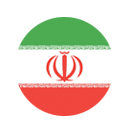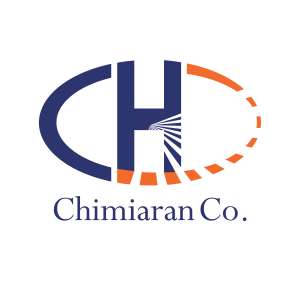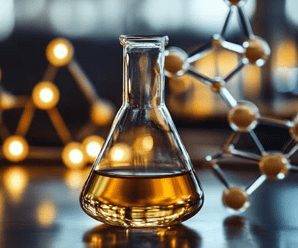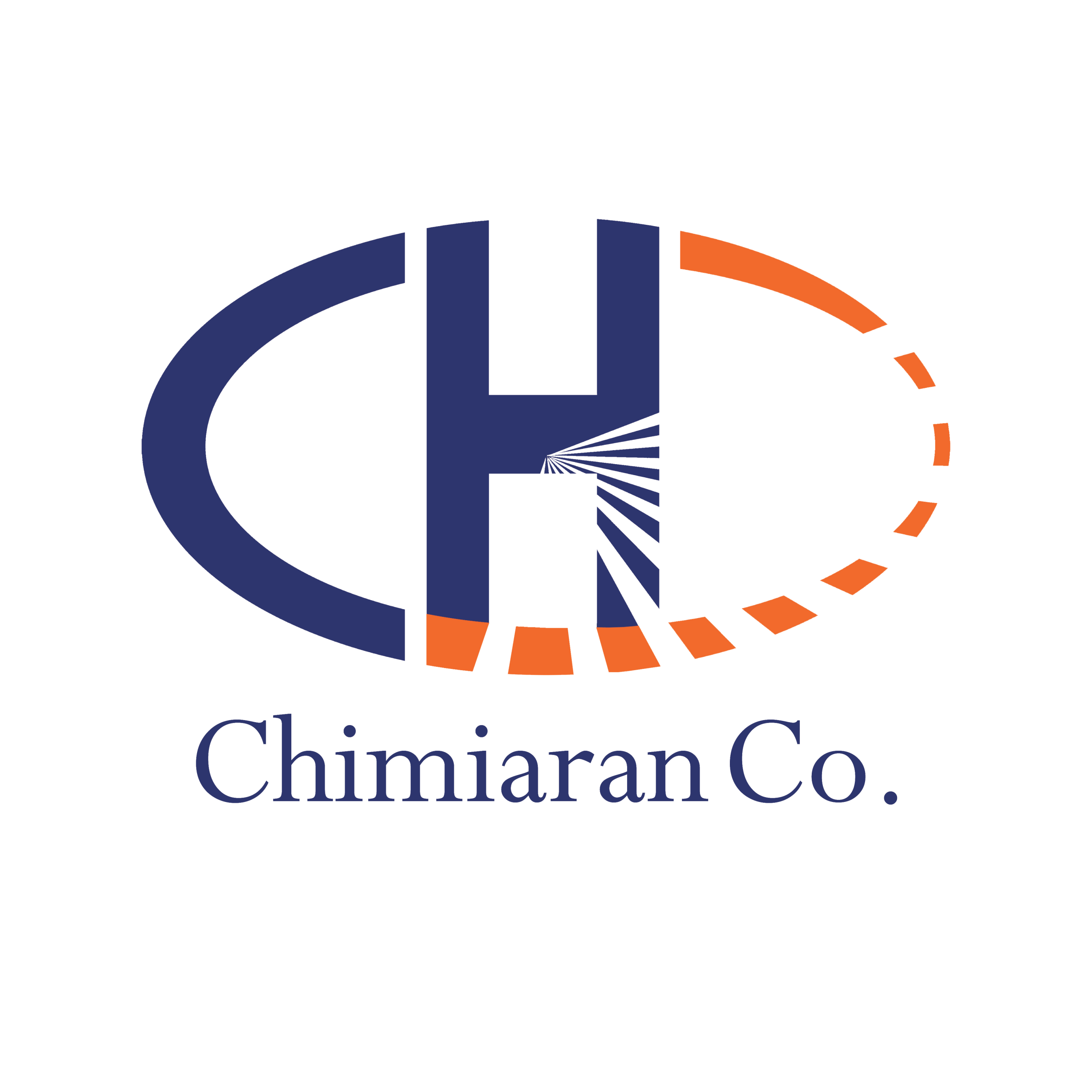رفع عیوب در فرایند اکستروژن پیویسی
شکل ظاهری مواد در قسمت وکیوم یا گازگیر نقشی تعیین کننده برای ایجاد شرایط بهینه در فرایند اکستروژن دارد. شکل مواد در گازگیر باید به صورت پنیری یعنی متخلخل باشد تا هوا و گاز ایجاد شده در مسیر بتواند از میان مذاب خارج شود. مارپیچ در گلویی خوراک باید پر بوده و اصطلاحا گرسنه نباشد.
مشکلات ایجاد شده در فرایند اکستروژن لوله و پروفیل را میتوان به سه دسته تقسیم کرد: فرایند اکستروژن، کالیبره کردن و محصول. در طول فرایند اکستروژن و یا عیبیابی همواره چهار نکته زیر را در نظر داشته باشید:
1- اجازه ندهید خسارت فیزیکی به تجهیزات وارد شود.
2- الزامات کیفیتی محصول باید رعایت شود.
3- میزان افزایش دما باید 5 درجه در نظر گرفته شود. به خاطر داشته باشید افزایش شدید دما منجر به سوختن ماده شده و کنترل شرایط بسیار پیچیده میشود.
4- کنترل دما در قسمت آداپتور و خورشیدی قالب بسیار مهم است زیرا خنککاری و کاهش مجدد دمای این نواحی بسیار سخت است.
در زیر راهکارهایی برای برطرف کردن برخی مشکلات رایج در فرایند اکستروژن اشاره شده است:
1- استحکام ضعیف مذاب در هنگام راهاندازی
در حین فرایند، مواد اکسترود شده بسیار داغ هستند و تا قبل از ورود به کشنده به راحتی شکسته میشوند. برای حل این مسئله راهکارهای زیر پیشنهاد میشود:
- افزایش دمای نواحی مختلف سیلندر
- افزایش دمای قالب پروفیل و یا لوله
2- کشیده شدن پودر به داخل وکیوم (گازگیر)
این اتفاق ممکن است به دلیل کم بودن مقدار خلا اعمال شده در گازگیر و یا گرفتگی وکیوم و یا فیلترها ایجاد شود. به جز موارد زیر کاهش سرعت جریان با کاهش سرعت چرخش مارپیچ و تنظیم مجدد سرعت کشش نیز میتواند راهگشا باشد.
- افزایش خلا در گازگیر
- افزایش دمای دو ناحیه اول اکسترودر
- افزایش دمای روغن جکت اکسترودر
- افزایش دمای همه نواحی اکسترودر
3- افزایش فشار برگشتی در گلویی
وجود این مشکل توسط فشار سنج قابل تشخیص است.
- افزایش دور موتور
- افزایش سرعت خوراک دهی
- کاهش دمای روغن جکت
- افزایش دمای قالب لوله و یا پروفیل
4- افزایش شدید بار موتور
این مشکل اغلب ناشی از عدم نرم شدن مواد در قسمت گازگیر و عدم تناسب سرعت موتور با میزان خوراک به وجود میآید.
- کاهش سرعت خوراکدهی
- افزایش دمای نواحی میانی (زون 3) اکسترودر
- افزایش دمای قالب لوله و پروفیل
- تغییر فرمولاسیون
5- کاهش خروجی اکستروژن
یکی از دلایل کاهش سرعت تولید میتواند به علت گرفتگی و عدم حرکت مواد در قیف و یا دمای بسیار بالا باشد.
- بررسی RPM اکسترودر
- بررسی سرعت ورود خوراک
- کاهش دما
- تغییر فرمولاسیون
- افزایش RPM اکسترودر
- بررسی وضعیت مارپیچ از نظر سایش











